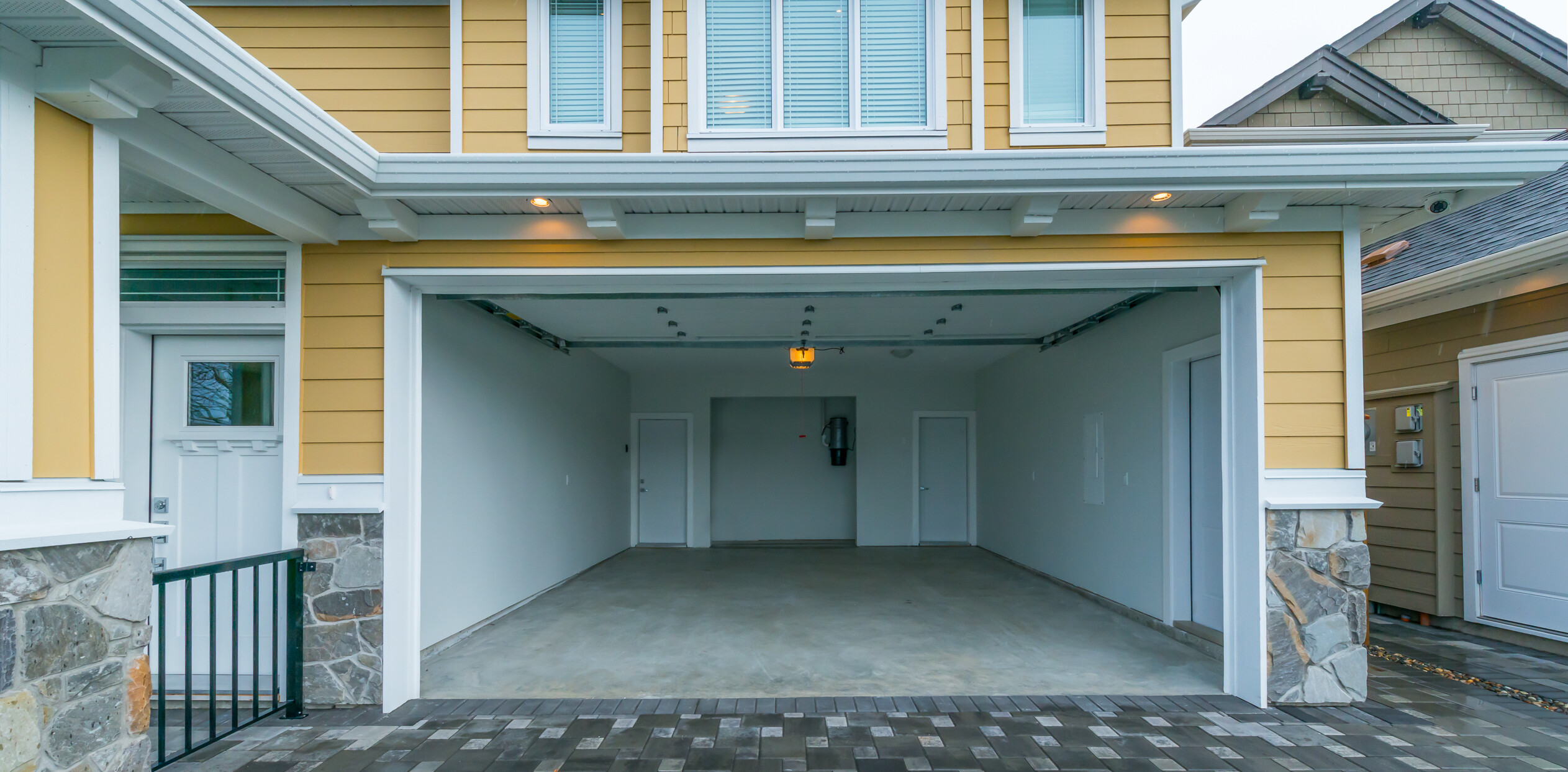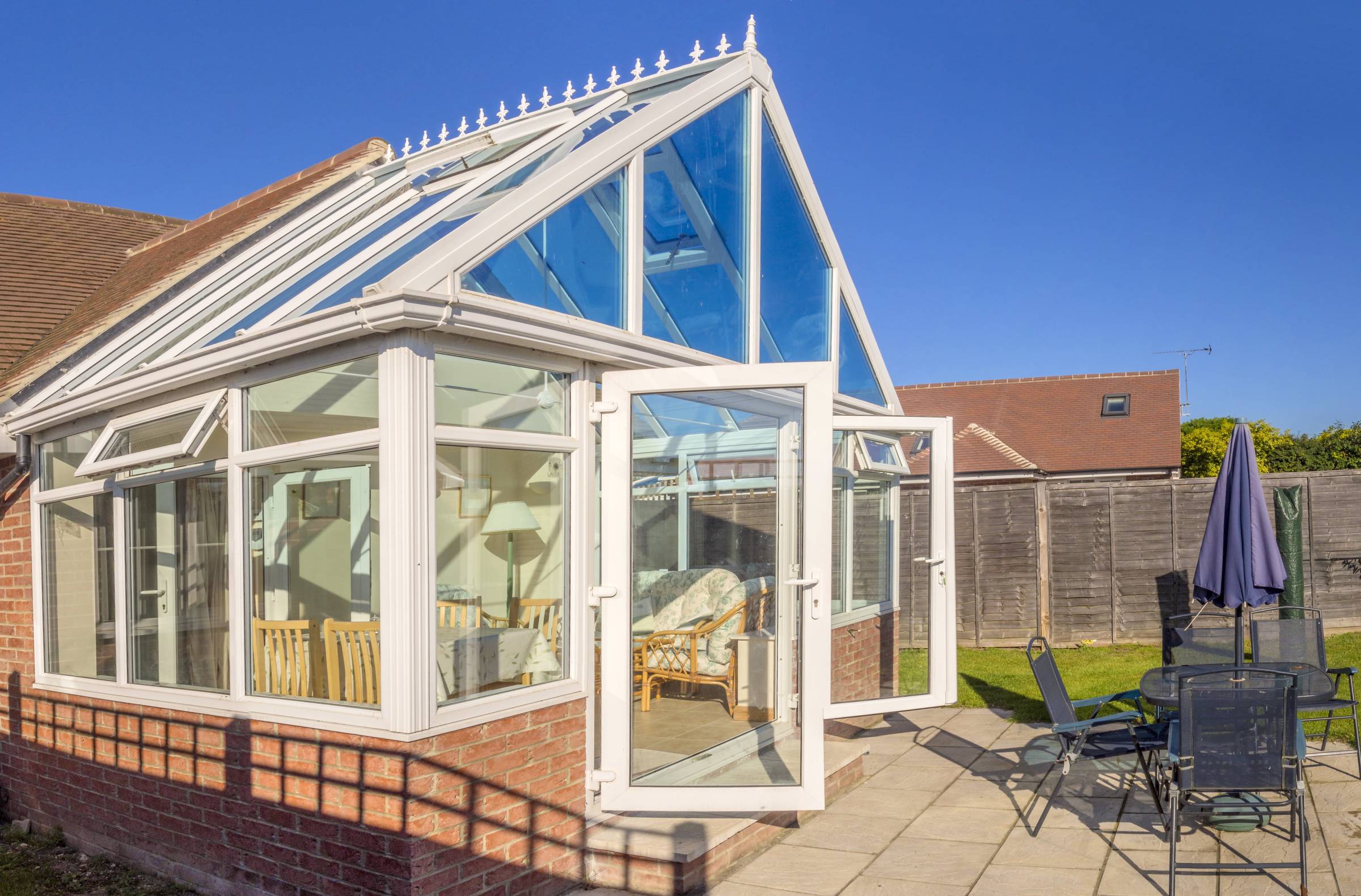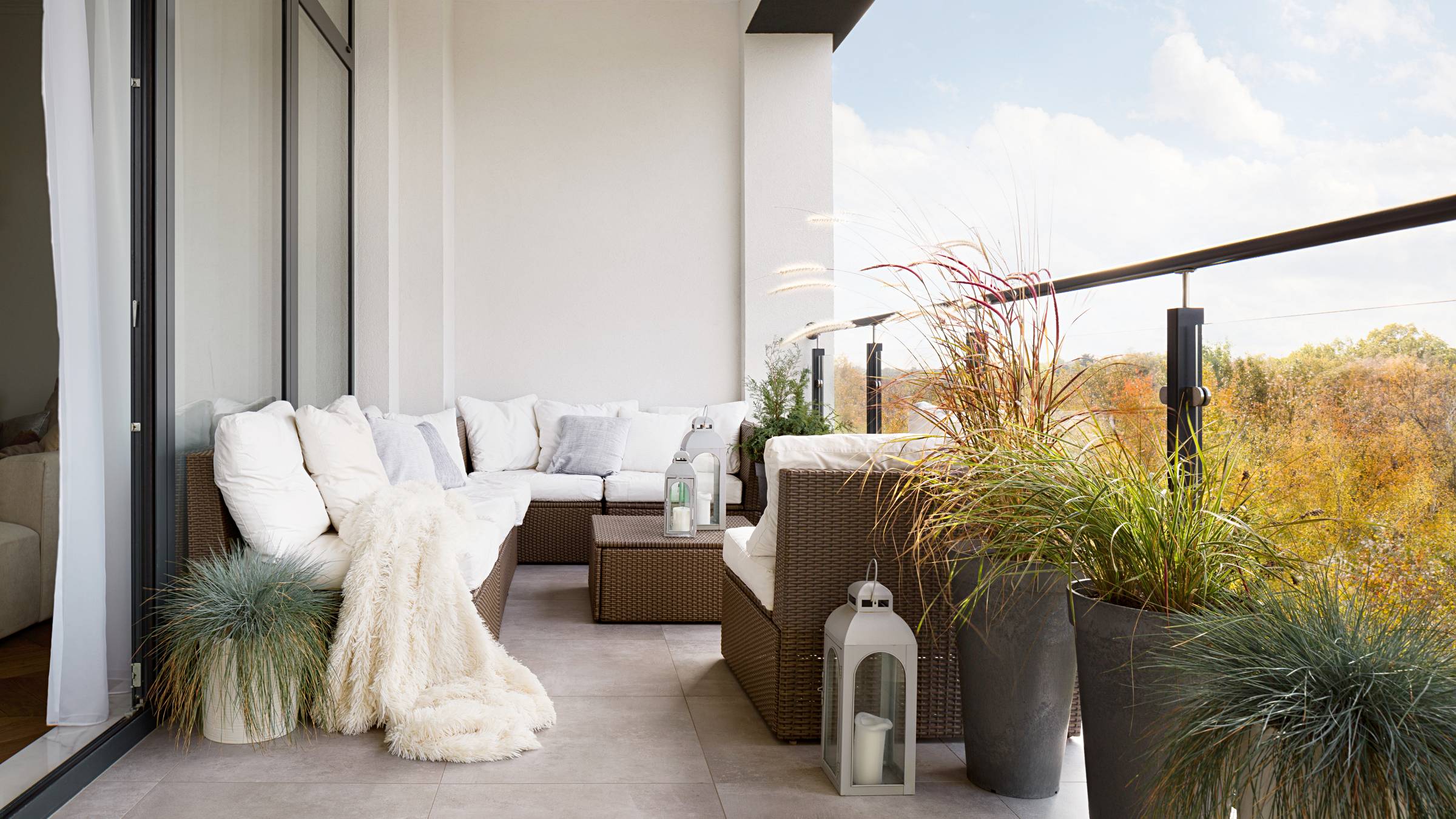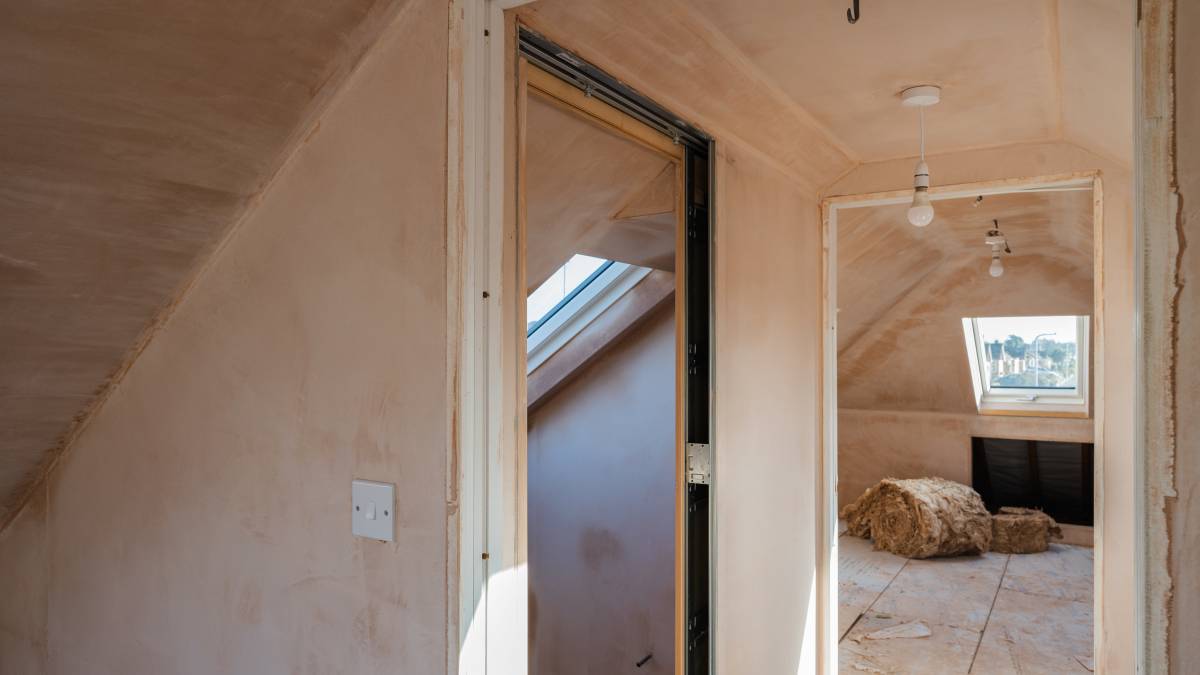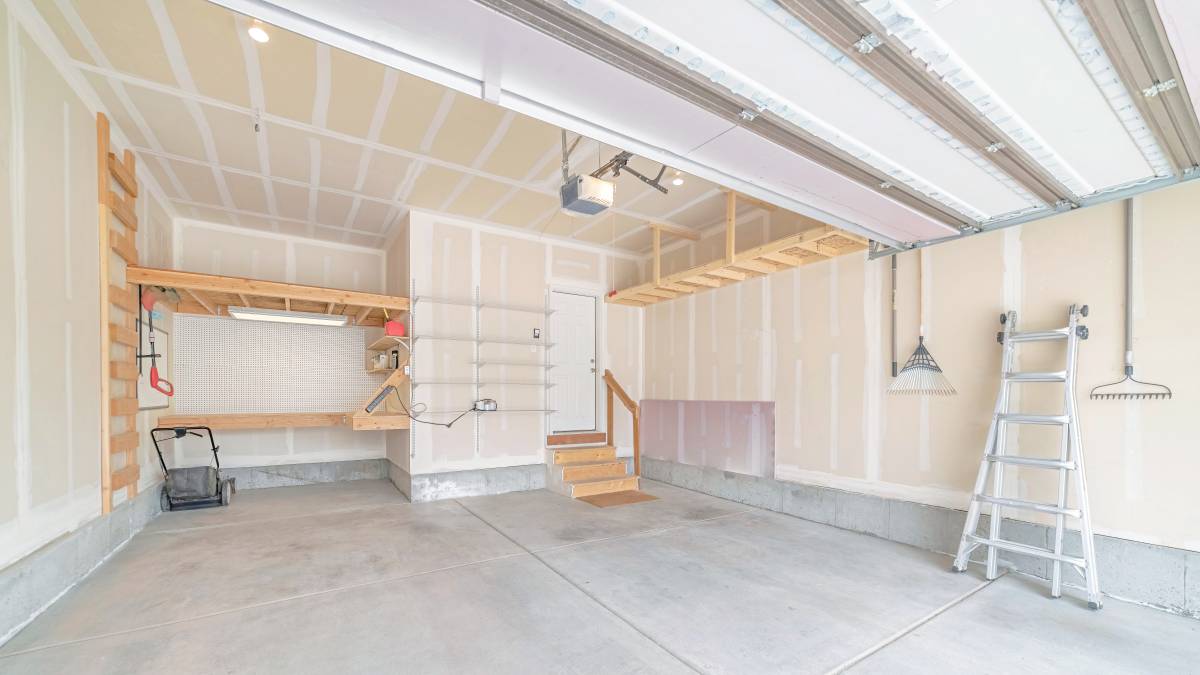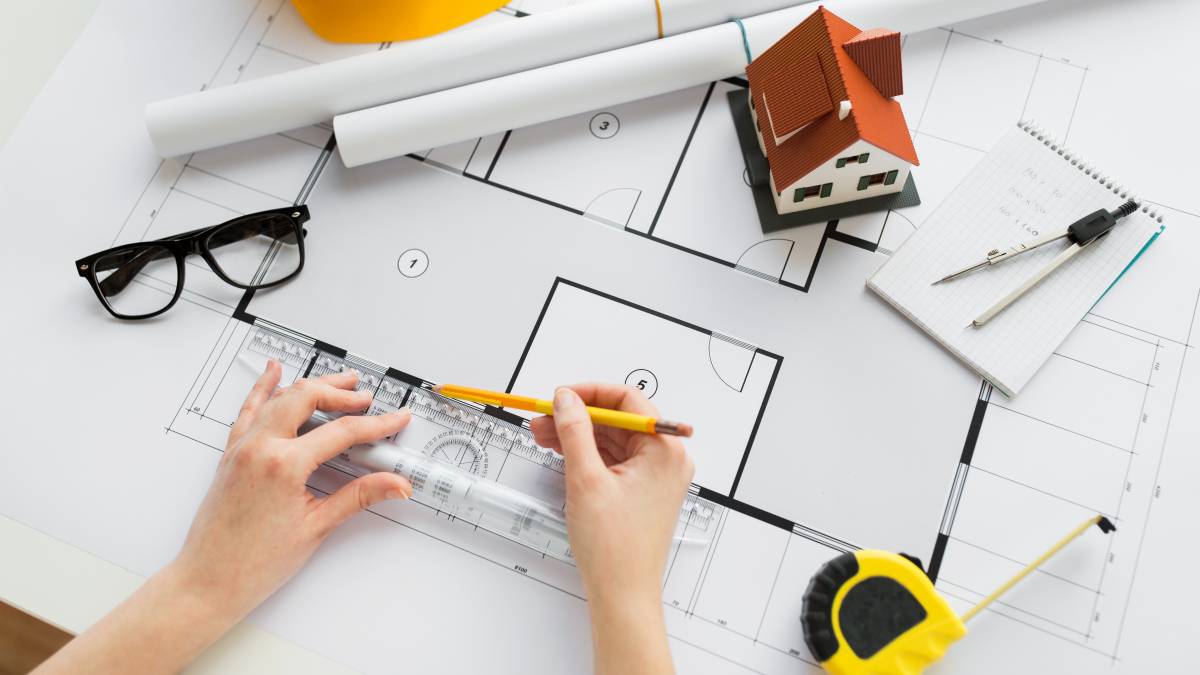
- Home/
- Comparisons/
- House Renovation/
- Refurbishment vs Renovation
Refurbishment vs renovation: Which is right for your home?
Comparing refurbishment and renovation in terms of project scope, purpose, and more.
Published on

Written by Angela A.
Staff Writer
Read more about our contributor
Key Facts
Refurbishment is the process of improving or updating a building with cosmetic repairs and upgrades without major structural changes.
Renovation is the process of repairing or restoring a building, often involving more extensive updates like electrical or plumbing upgrades.
With Australian property values and housing trends constantly shifting, deciding between refurbishment vs renovation can make a big difference to your home’s comfort, functionality, and market appeal. Each option has its distinct advantages, and the choice you make will directly influence your home’s value and liveability. Way to add pressure, right?
Fortunately, this guide will let you know exactly which approach aligns with your home improvement goals. We’ll discuss the differences, similarities, and pros and cons between the two.
What is refurbishment?
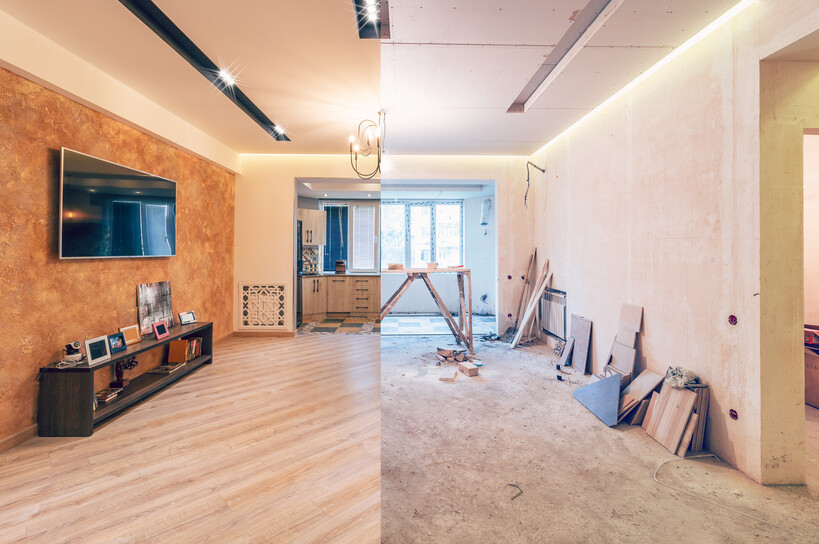 Before-and-after look at a living room during refurbishment. (Source: iStock)
Before-and-after look at a living room during refurbishment. (Source: iStock)
Refurbishment is all about improving or updating a building without making major structural changes. It usually focuses on cosmetic upgrades like repainting, replacing fixtures, or refreshing the interiors to give the space a better look and feel.
Refurbishment projects are typically done to extend the life of a building, improve its functionality, or increase energy efficiency. It’s also a practical choice for maintaining and modernising a property without a full overhaul.
What is renovation?
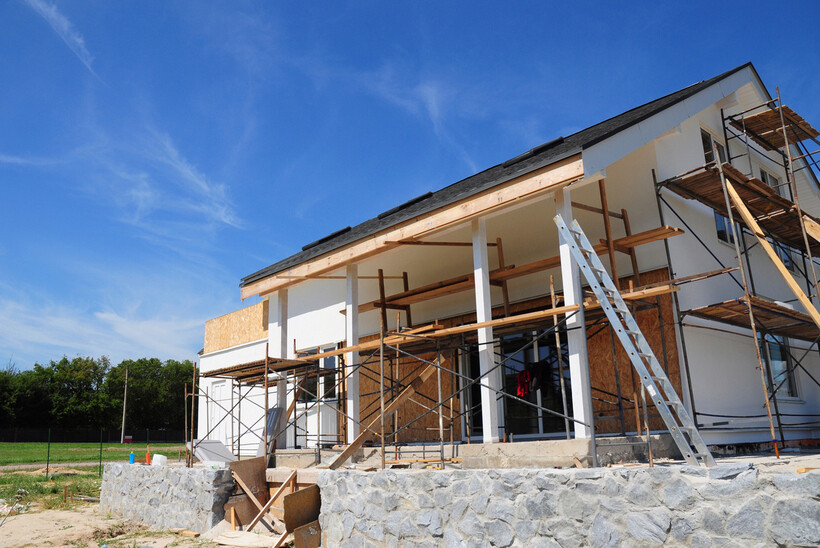 A modern home in progress during exterior renovation work. (Source: iStock)
A modern home in progress during exterior renovation work. (Source: iStock)
Renovation is the process of repairing, updating, or restoring parts of a building to improve its overall condition and look. Renovation projects often involve more extensive work, such as upgrading electrical systems, plumbing, or replacing old materials.
While renovations don’t typically change the building’s structure, they’re aimed at refreshing the space, increasing property value, and making sure everything meets current standards.
Renovate vs refurbish: Which one do you really need?
If you’re planning to update your home, it’s essential to know the difference between renovation and refurbishment. Both options can transform a space, but which one’s right for you? Let’s break down the key factors below.
In terms of purpose
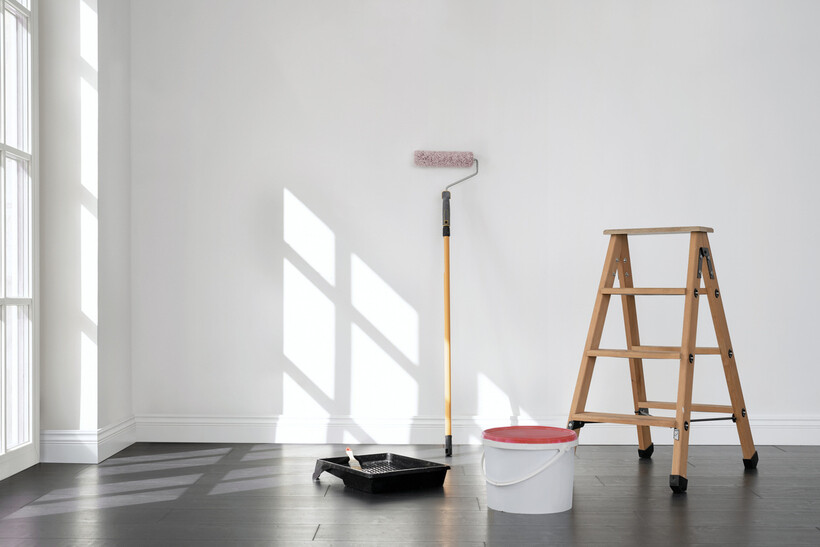 Refurbishing a room with painting tools set against a white wall. (Source: iStock)
Refurbishing a room with painting tools set against a white wall. (Source: iStock)
The purpose behind any state of repair is key when deciding between refurbishment and renovation. It’s important to understand what each aims to achieve.
Refurbishment primarily focuses on improving the aesthetics and functionality of a space. It’s about making minor repairs, updating interiors, and refreshing the look without changing the structure. The goal is to extend the lifespan of the property and bring it up to modern standards with minimal disruption.
Renovation, however, goes beyond cosmetic improvements. It’s about restoring and revamping the building by fixing both visible and underlying issues like outdated plumbing or electrical systems. Renovations are typically done to increase a property's value or maintain it long-term, ensuring it stays up to date with current infrastructure.
In terms of the project scope
The scope of a project is one of the biggest factors when deciding between refurbishment and renovation. You’ll have to consider how extensive the changes must be to meet your goals.
Refurbishment includes tasks like repainting and replacing fixtures. While you might improve energy efficiency by upgrading old windows or lighting, refurbishment doesn’t involve major construction.
Renovation, on the other hand, can include replacing plumbing, updating electrical systems, or even renovating a bathroom and sprucing up your kitchen. Renovations can also involve larger layout and property changes, like removing walls or reinforcing foundations, to improve the building’s overall function and safety.
In terms of permits and regulations
 Finalising building permits and compliance requirements. (Source: iStock)
Finalising building permits and compliance requirements. (Source: iStock)
Legal requirements can impact your timeline and budget. So, knowing what to expect can help you plan your project better.
Refurbishment typically requires fewer permits since it focuses on cosmetic changes and minor repairs. Tasks like painting or updating fixtures generally don’t need approval. However, if your refurbishment involves external changes, you may need to check with local authorities for any required permits.
Renovation, on the other hand, is more likely to require permits because of the extensive nature of the work. Structural changes, major system upgrades, or full bathroom and kitchen renovations will usually need approval under your state or territory building regulations. Skipping the required permits can lead to legal issues or penalties, especially when selling the property later.
In terms of time and cost
Refurbishment projects are generally quicker and less costly. These projects focus on surface-level updates like repainting or refitting cabinets and can often be completed within days or weeks.
Common tasks that might fall under refurbishment include appliance installation, which typically costs between $70 and $500, custom cabinet work ranging from $100 to $2,000, and double-glazing a window, which can cost anywhere from $150 to $1,500.
Renovation, on the other hand, is more time-intensive and expensive due to the scope of work. Building renovation often includes changes which can take months to complete. You can also expect to shell out $2,500 to $150,500 for house renovation costs, depending on the size and complexity of the project.
Specific tasks, such as installing kitchen fixtures, can range from $100 to $3,000. Meanwhile, soundproofing costs anywhere from $60 and $350, and installing a fire alarm system might cost $10 to $140.
In terms of impact on value
 Concept of property value assessment with coins and a house model. (Source: iStock)
Concept of property value assessment with coins and a house model. (Source: iStock)
Refurbishment provides a moderate increase in value by focusing on cosmetic improvements. While these upgrades make a refurbished building more attractive, they generally won’t result in a significant boost in market value. However, house refurbishments offer a good return on investment (ROI) in rental properties or older homes that need a refresh to stay competitive.
Meanwhile, renovation tends to have a more substantial impact on property value. Major projects like kitchen and bathroom overhauls or structural improvements can significantly raise a home’s market value. Larger renovations, such as adding rooms or essential systems, offer better ROI—sometimes up to 48% to 94%.
In terms of design flexibility
Property refurbishment offers limited design flexibility since it focuses on surface-level improvements without altering the building’s structure. Tasks like updating finishes, refitting fixtures, or replacing furniture enhance the aesthetics but keep the layout unchanged.
On the flip side, renovation offers greater flexibility. You can reconfigure room layouts, add new features, or even change the entire flow of the space. Renovations allow significant transformations, making them ideal for projects like creating open-plan layouts or adding extensions to fully reimagine the property’s design.
Connect with renovation and refurbishment experts on Airtasker
Upgrading your home doesn’t have to feel overwhelming, even when deciding between refurbishment and renovation. Once you’ve figured out which approach aligns best with your goals, the next step is making it happen.
If you’re looking for help, Airtasker is the perfect place to find professionals for everything from house renovation to interior design and building construction. Post a task today and connect with skilled Taskers who can turn your home improvement ideas into reality—without the hassle.
Learn more about our contributors

Written by Angela A.
Staff Writer
Angela Apolonio is an experienced writer with a Biology background. She writes about home tips, car upkeep, gardening hacks, and food facts, bringing a unique blend of science and practicality to her work. As a wife and a mother, she knows the value of iron-clad routines, so she's passionate about sharing what works for her with everyone else. She loves making everyday life simpler and helping readers find fresh ideas to bring more joy into their spaces.
Refurbishment vs Renovation
Refurbishment |
Renovation |
|
|---|---|---|
Purpose |
Focuses on cosmetic improvements and minor updates |
Aims for more extensive upgrades, including repairs and system updates |
Project Scope |
Surface-level changes like repainting and replacing fixtures |
Involves major changes, such as plumbing or electrical upgrades |
Permits and Regulations |
Fewer permits are required unless there are external modifications |
Likely to require permits, especially for structural or system updates |
Time and Cost |
Quicker and cheaper, generally completed within days to weeks |
More time-intensive and expensive, taking weeks to months |
Impact on Value |
Increases value moderately with cosmetic improvements |
Higher impact on property value with significant ROI from major updates |
Design Flexibility |
Limited design changes without altering the structure |
Greater flexibility, allowing structural changes and layout reconfigurations |
FAQs on refurbishment and renovation
Renovation involves updating or restoring a building. Remodelling changes the structure or layout to alter the design or function of the space.
Renovation updates and repairs an existing structure. Meanwhile, reconstruction involves rebuilding parts or all of the structure, often due to significant damage or deterioration.
Renovating a full house in Australia typically starts at $40,000, with costs depending on the size and complexity of the project.
Find house renovation contractors, fast
Post a task
Related articles
Related price guides
